What Can I Expect at my First Visit to the Orthodontist? - Scottsdale Phoenix AZ | Budd Orthodontics
May 25th, 2021
So you are getting ready to make your first visit to the orthodontist. What will happen at this visit? Will it hurt? Will it take a long time?
Due to the fact that we don’t know what type of orthodontic problems you will have or how many questions you might have about your treatment, we typically schedule one hour for a new patient consultation. Every new patient will meet personally with Dr. Budd and have an opportunity to have all their questions answered. Here is what you can expect:
- The first thing we will do is gather information regarding your medical and dental health history, insurance information (the initial consultation is complimentary but we want to be able to give you an accurate out-of-pocket cost for any treatment we recommend), and a brief description of what you hope to accomplish with your orthodontic treatment. This information can be completed prior to your visit or upon arrival. A parent or guardian must accompany any patient under 18 years old for the initial consultation.
- Photographs will be taken of your face and teeth. These photographs will be reviewed together with Dr. Budd to make it easier to discuss and visualize any recommended treatment. Dr. Budd may also recommend radiographs (X-rays) if there is additional information to be learned that might affect his recommendation for your treatment.
- Dr. Budd will then perform an examination to determine what your treatment options would be given your specific orthodontic needs. He will create a smile design recommendation for you and answer any questions you might have about the recommendations.
- You will receive information regarding the cost of your proposed treatment, any insurance coverage, payment options including payment plans, and available appointment times for starting treatment if treatment is recommended.
Give us a call if we can be of service! We look forward to meeting you!

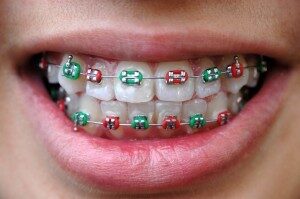



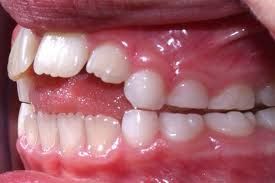
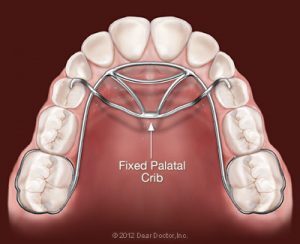
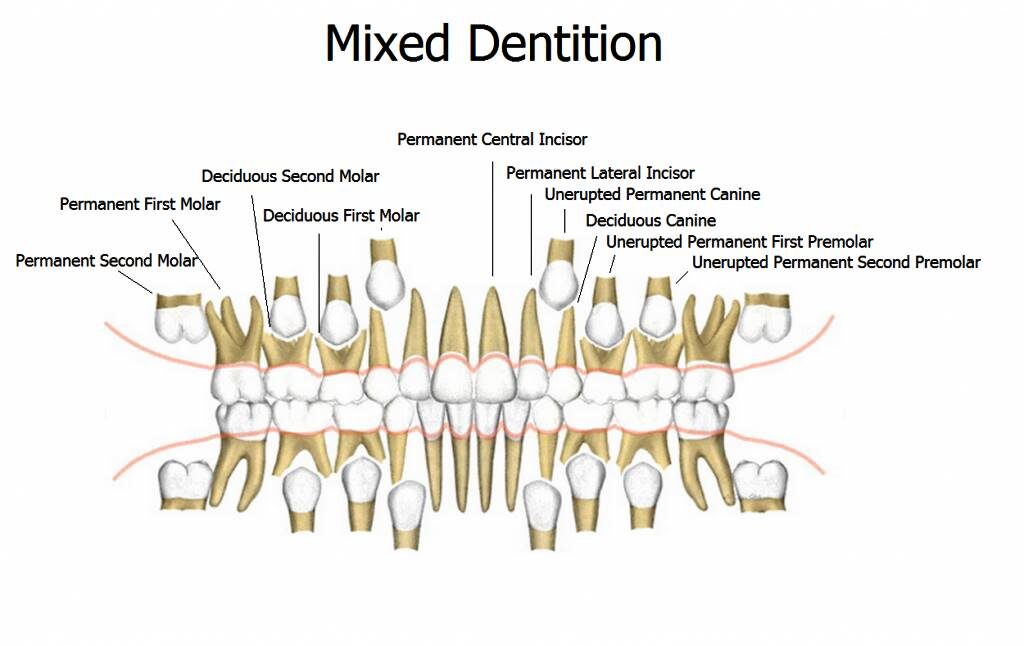
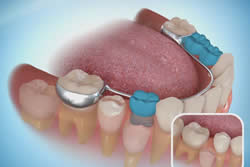
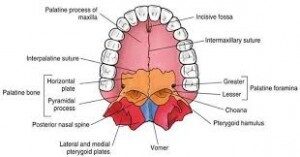
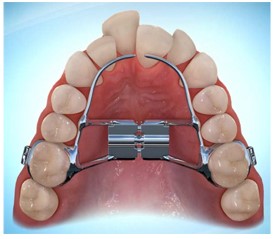
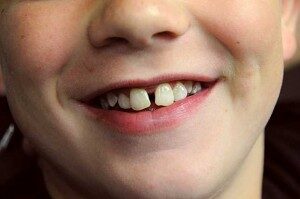
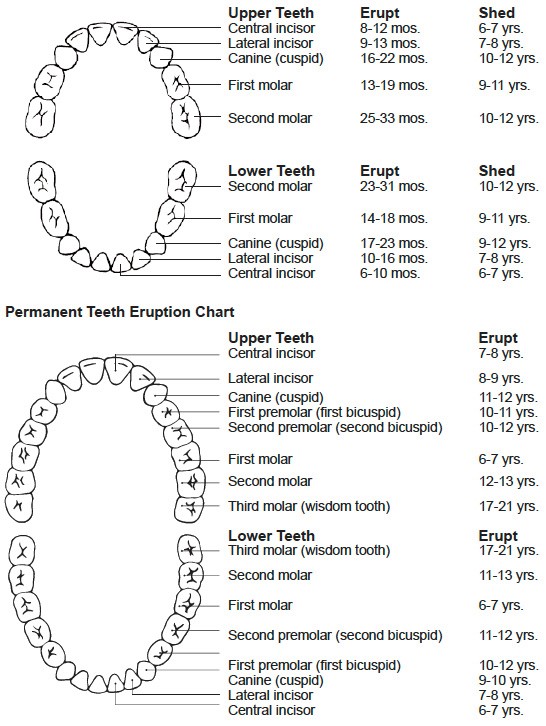
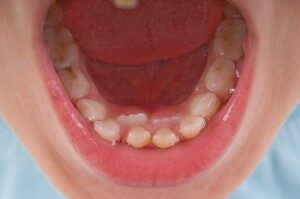









 Website Powered by Sesame 24-7™
Website Powered by Sesame 24-7™